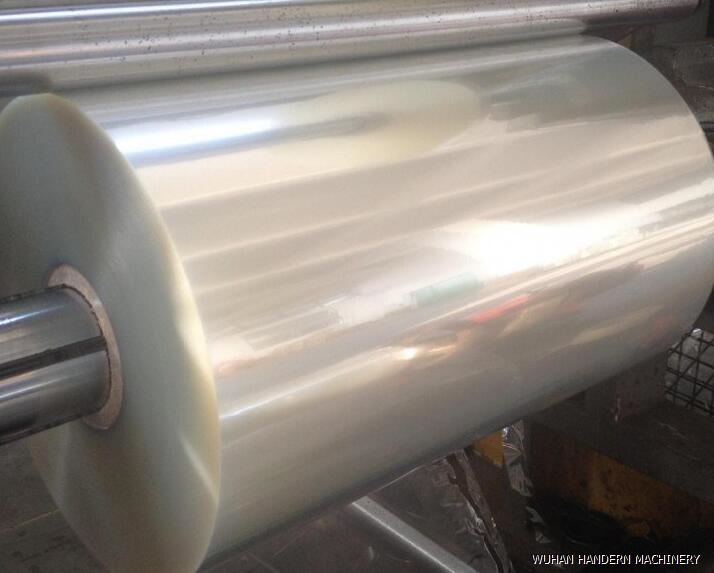ntroduction to FEP Thin Film of Fluorine Film
DATE:2023/8/8 14:22:42 / READ: / SOURCE:This station
FEP film is a thin film material made of fluoroethylene propylene copolymer (FEP). It has excellent chemical stability, thermal stability, and electrical insulation performance, and is widely used in fields such as electronics, optics, medical, and chemical engineering.
 The characteristics of FEP thin films include the following aspects.
The characteristics of FEP thin films include the following aspects.
Firstly, it has excellent chemical stability. FEP film can withstand the erosion of chemical substances such as acids, alkalis, solvents, and oxidants, and has excellent corrosion resistance.
Secondly, it has good thermal stability. FEP thin films can be used for a long time at high temperatures, with high thermal deformation and melting temperatures.
In addition, FEP thin films also have excellent electrical insulation performance and arc resistance, which can work under high voltage and high frequency.
The application of FEP thin films is very extensive. It can be used to prepare insulation layers for electronic components, protective layers for optical devices, packaging materials for medical devices, and lining for chemical reactors. In addition, FEP films can also be used to prepare high-temperature adhesive tapes, insulation layers for high-temperature cables and wires, etc.
The production process of FEP thin film mainly includes the following steps.
 Firstly, FEP resin needs to be prepared. FEP resin is a raw material for preparing FEP films, which can be obtained through polymerization reactions.
Firstly, FEP resin needs to be prepared. FEP resin is a raw material for preparing FEP films, which can be obtained through polymerization reactions.
Secondly, melt extrusion is performed. Heat the FEP resin to a molten state, and then extrude the molten FEP resin into a thin film shape through an extruder.
Then, perform cooling and curing. Quickly cool the extruded FEP film through a cooling roller to solidify it into a film shape.
Finally, perform cutting and packaging. Cut the cured FEP film into the required size, then package and store it.
In summary, FEP thin film is a thin film material with excellent chemical stability, thermal stability, and electrical insulation performance. It is widely used in fields such as electronics, optics, medicine, and chemical engineering. The production process of FEP film includes preparing FEP resin, melt extrusion, cooling and curing, as well as cutting and packaging. Only by following the correct production process and requirements can the quality and performance of FEP films be ensured.

Firstly, it has excellent chemical stability. FEP film can withstand the erosion of chemical substances such as acids, alkalis, solvents, and oxidants, and has excellent corrosion resistance.
Secondly, it has good thermal stability. FEP thin films can be used for a long time at high temperatures, with high thermal deformation and melting temperatures.
In addition, FEP thin films also have excellent electrical insulation performance and arc resistance, which can work under high voltage and high frequency.
The application of FEP thin films is very extensive. It can be used to prepare insulation layers for electronic components, protective layers for optical devices, packaging materials for medical devices, and lining for chemical reactors. In addition, FEP films can also be used to prepare high-temperature adhesive tapes, insulation layers for high-temperature cables and wires, etc.
The production process of FEP thin film mainly includes the following steps.

Secondly, melt extrusion is performed. Heat the FEP resin to a molten state, and then extrude the molten FEP resin into a thin film shape through an extruder.
Then, perform cooling and curing. Quickly cool the extruded FEP film through a cooling roller to solidify it into a film shape.
Finally, perform cutting and packaging. Cut the cured FEP film into the required size, then package and store it.
In summary, FEP thin film is a thin film material with excellent chemical stability, thermal stability, and electrical insulation performance. It is widely used in fields such as electronics, optics, medicine, and chemical engineering. The production process of FEP film includes preparing FEP resin, melt extrusion, cooling and curing, as well as cutting and packaging. Only by following the correct production process and requirements can the quality and performance of FEP films be ensured.
Author:admin




